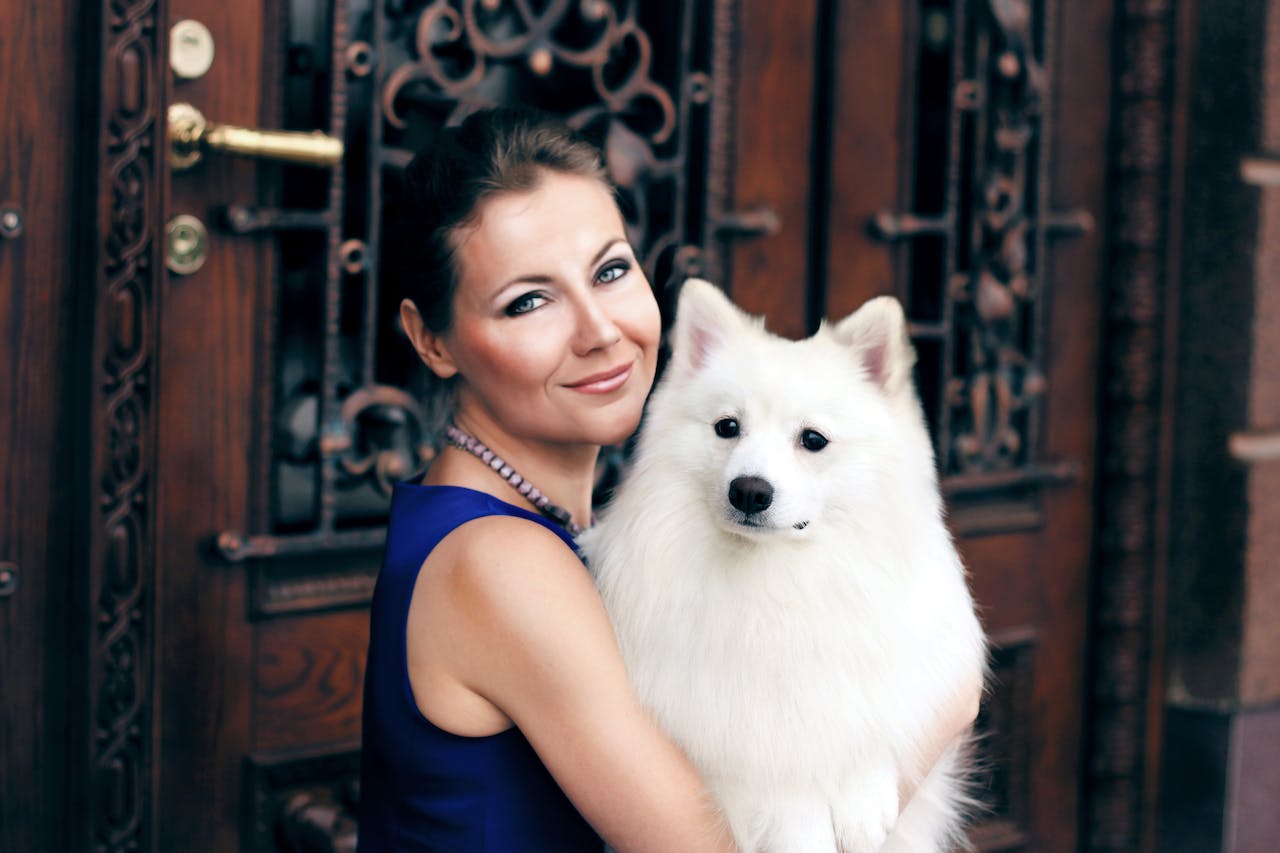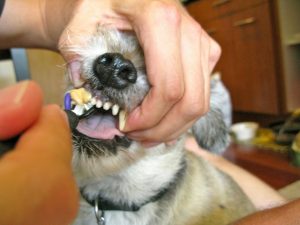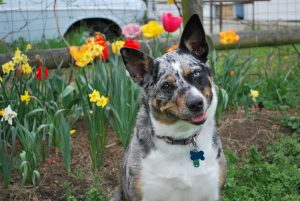The Indian Spitz is a popular dog breed in India. It is also called the Indian Pomeranian because it looks similar to Pomeranian dogs and is considered a cousin to them.
There are two sizes of Indian Spitz – small and large, also known as Greater Indian Spitz and Lesser Indian Spitz. In the 1980s and 1990s, the Indian government stopped importing non-Indian dog breeds, which made the Indian Spitz even more famous. This adorable dog was even featured in an Indian movie in 1994, making it even more popular.
The Indian Spitz is among the top 15 most-liked dog breeds in India. This dog is great for families, and the best part is, it’s not very expensive. In India, you can get an Indian Spitz puppy for less than $100.
If you’re considering getting an Indian Spitz puppy and need a brief overview of the breed, you’re in the right place. This article has all the information you need to know about this lovely dog. Let’s dive into the world of the Indian Spitz.
Table of Contents
History of The Indian Spitz
During the 19th century, the British introduced German Spitz dogs to India, believed to be the ancestors of the Indian Spitz. Local breeders then crossed them with the Indian Pariah dog, leading to significant improvements in the breed standard over the years. Notably, the Indian Spitz exhibits greater tolerance to India’s extreme weather compared to the German Spitz.
The popularity of the Indian Spitz soared after it featured in the Indian “Hum Aapke Hain Koun” which increased attention coincided with a ban on the import of international breeds, contributing positively to the breeding and recognition of the Indian Spitz.
Features
The Indian Spitz is a friendly and cute dog, perfect for families. They are considered very intelligent because they are easy to train. They also become very attached to their human friends. And, you can’t miss their expressive eyes – they make them look special, like they’re from a different world.
Adding happiness to your home, these dogs are wonderful with kids. They might not be the biggest, but they’re good at letting you know if there are strangers or potential dangers around when given the responsibility.
Also, they don’t mind standing up to bigger dogs if they feel the need to protect. Because they learn fast, Indian Spitz dogs were important members of Indian circuses from 1970 to 1980.
Grooming requirements
Indian Spitz dogs may shed more in the summer, which can be a challenge for pet owners. It’s a good idea to brush them every 2-3 days. Fortunately, Indian Spitz dogs enjoy brushing, so the more, the better. Check their coat daily, especially in warm weather, for ticks and fleas.
Despite their fluffy coat, these furballs don’t need intense grooming. It’s best to bathe them only once every two weeks or a month to avoid drying out their fur. Make sure to rinse the soap thoroughly to prevent any residue and keep their coat shiny and healthy.
Nail clipping is also part of their grooming routine. When you hear a clicking sound from your dog’s nails, it’s time to trim them. make sure you just cut the tip of the nails or you might hit a blood vessel, causing excessive bleeding.
Grooming is not just about maintaining their hair; it also creates a bond between the dog and the owner. So, it’s a good idea to get your dogs used to grooming from a young age.
Health-related Issues
These lively dogs can live for up to 14 years in a well-kept, healthy place. They are used to the Indian weather, so they usually don’t get sick easily. The hot and humid climate doesn’t bother their furry coat and health. It’s important to get them vaccinated when they are 6 weeks old. Overall, they usually lead an active and healthy life, although there are a few health issues to keep in mind.
- Overeating and not getting the right food can easily make them overweight.
- They might get hip dysplasia and knee slip (Patellar Luxation), making it hard for them to keep their balance.
- When left alone, they might feel anxious, so it’s good to teach them to be alone from a young age.
- Sometimes, they might also deal with fleas, ticks, heartworms, and bad breath.
These diseases and conditions can be prevented or treated if your dog develops them. It’s a good idea to take your dog to the vet every 3-6 months to keep them from getting sick. And, don’t forget to ensure your pup gets all the necessary vaccinations for common diseases like parvovirus, rabies, canine hepatitis, and distemper.—
Diet
These little Spitz puppies should be fed several times a day. A general guideline is that small dogs should have around 80 calories for every 1 kg of weight. Once your puppy turns one year old, one meal a day is usually enough. However, you should pay attention to your puppy’s eating habits, as some may prefer two meals a day. For adult Indian Spitz dogs, many high-quality dry dog foods offer balanced nutrition.
Indian Spitz dogs may also happily eat homemade food, so you don’t have to spend much on commercial dog food. They are used to Indian-style homemade meals, which may include milk and rice (although some dogs might have trouble digesting milk). Indian Spitz dogs can also eat cooked vegetables, chicken, and eggs.
Make sure to provide them with fresh water in clean bowls every day. Adding some raw meat to their diet from time to time is good for them, as their nutritional needs change with age and the type of food they eat. Indian Spitz dogs also enjoy snacks and treats. Just make sure that all the snacks and treats make up less than 10% of their daily nutrition.
Energy Level
Their energy levels are influenced by factors like age and health, but generally, these little dogs have a decent amount of energy. To keep them happy and stave off boredom, the Indian Spitz thrives on daily physical activities.
As they grow older, their need for exercise tends to increase. While they may not be the best fit for intense workouts, they absolutely adore a leisurely walk in the park with their favorite human. They’re active and alert, so be prepared for some off-leash running – and don’t forget to bring along some tasty treats to keep their spirits high!
Training
The Indian Spitz is a clever breed with a bit of unpredictability in its behavior. These fluffy dogs are not only adorable but also highly trainable, making them truly versatile companions. They rank among the most intelligent dog breeds in India, so they thrive on proper training. If you want your pup to be obedient, they need both mental and physical training. With their background in circuses and quick learning abilities, the Indian Spitz has earned the nickname ‘trick dog.’
To get fruitful results, positive reinforcement training is a straightforward approach to shaping and cultivating your dog’s mental traits. It’s a powerful method to encourage desirable behavior. Just ensure you have a distraction-free zone and time your rewards during training. Keep things interesting by varying the training exercises, as the Indian Spitz isn’t a fan of repetition.
Pros of having an Indian Spitz
- Intelligent and smart
- Easy to train
- Suitable for novice owners
- Low drooling
- Friendly with others
- Few health-related issues
- Adapts to any lifestyle
Cons of having an Indian Spitz
- Separation anxiety if not trained well
Final Words:
The Indian Spitz is an adorable dog that can become an ideal companion. Make sure you have enough time and resources for your dog before you get one.
Recommended read – Pyrenean Mastiff Dog Guide










